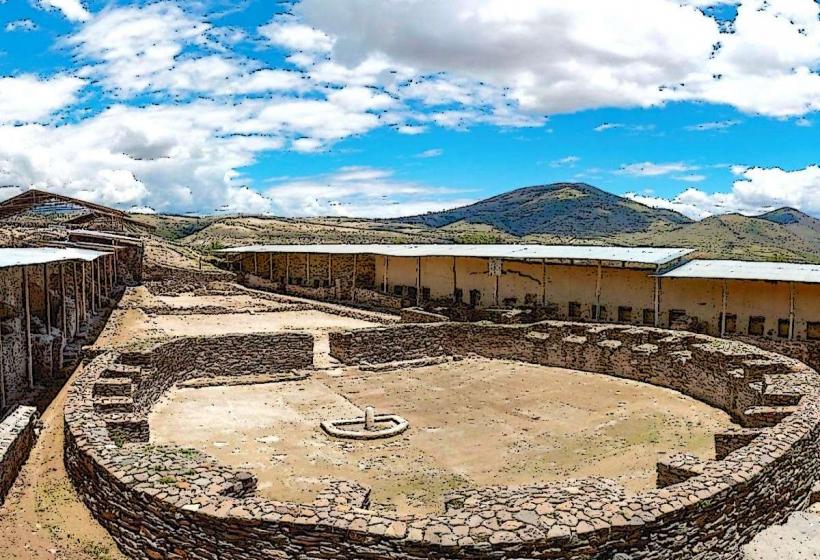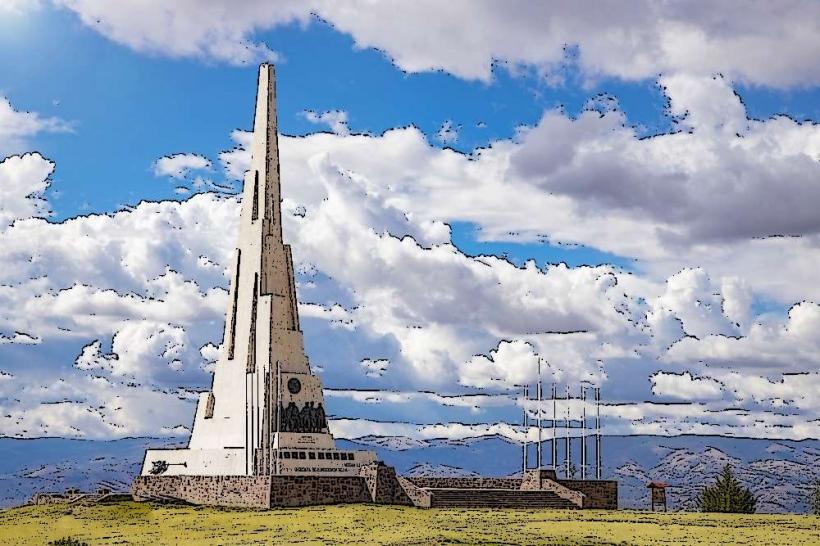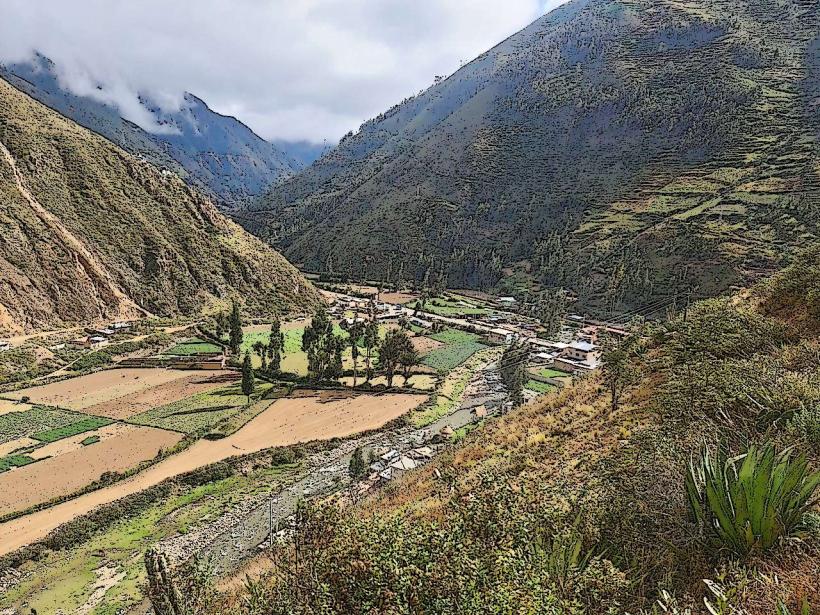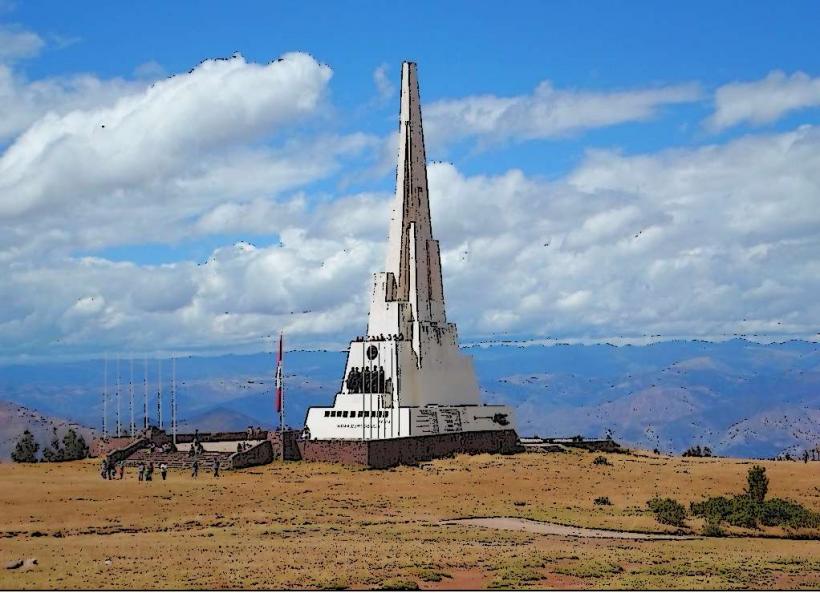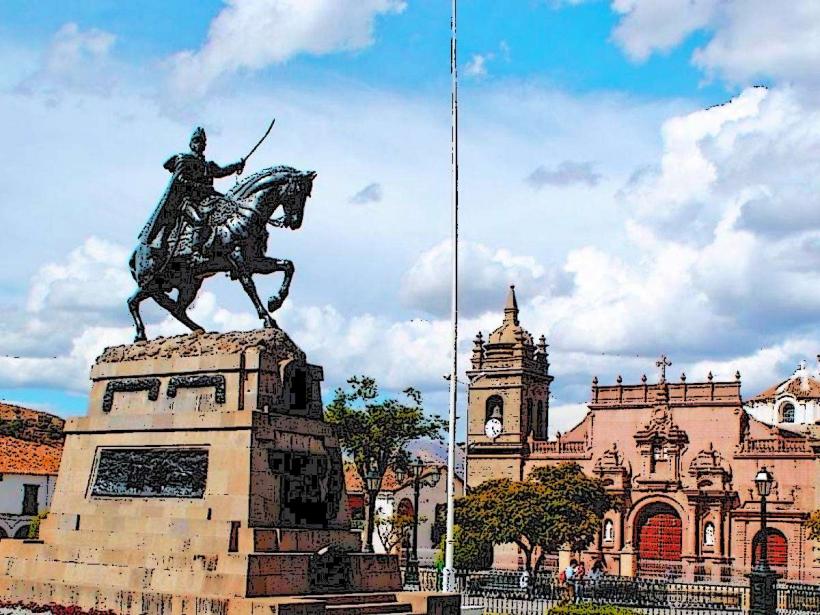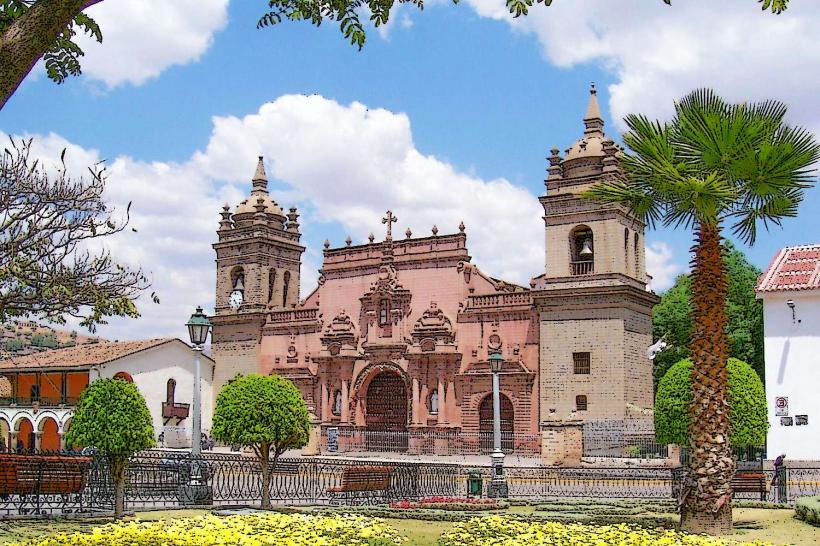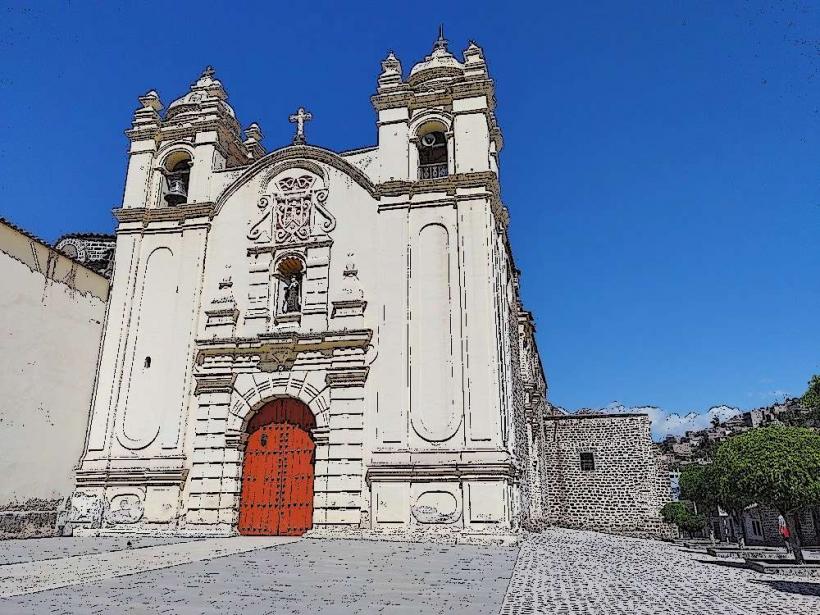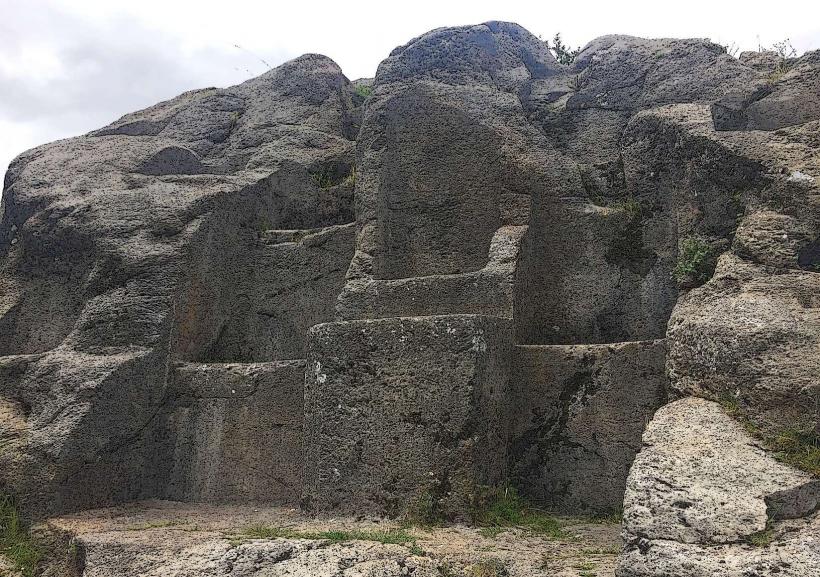Information
Landmark: Wari Archaeological SitesCity: Ayacucho
Country: Peru
Continent: South America
Wari Archaeological Sites, Ayacucho, Peru, South America
Overview
The Wari archaeological sites are what remain of a powerful pre-Inca civilization that thrived in the Andes between 500 and 1000 CE, leaving behind stone walls worn smooth by centuries of wind and rain, besides the Wari built a vast empire, laying the groundwork for the Inca with their sharp administrative systems, winding road networks, and bold stone architecture.Scattered across Peru, these sites reveal the ancient culture’s skill in city design, artistry, and social order-stone walls still fitted so perfectly you can’t slip a blade between them, therefore significant Wari archaeological sites, such as the ancient stone terraces at Pikillaqta, not entirely About 25 kilometers northeast of Ayacucho in Peru’s central highlands, the Wari Ruins-once the capital of the Wari Empire-stand as one of the Andes’ largest ancient cities, with thick-walled administrative buildings of stone and mud, tombs holding mummies wrapped in faded textiles, reservoirs and canals that reveal advanced water systems, and pottery and gold now displayed in the site museum; thirty kilometers southeast of Cusco, in the green Lucre Valley, Pikillaqta’s neat rectangular grid of streets, multi-story buildings, ceremonial plazas, and irrigation canals shows the empire’s reach; near Huamachuco in the north, the unfinished stone walls of Viracochapampa hint at a fortified outpost meant to guard trade routes; high on a plateau in Moquegua, Cerro Baúl’s ritual platforms, brewing halls for chicha, and sweeping valley views mark a powerful ceremonial center; and near Vilcashuamán in Ayacucho, the smaller Azángaro site blends Wari plazas and temples with local traditions-all part of a civilization known for orderly urban planning, stone-and-adobe architecture, vivid ceramics and textiles, extensive roads, and ingenious waterworks, many of which can still be explored today, especially in the dry season from May to October, also the Wari’s ideas in city design, governance, and art left a deep mark on later cultures-especially the Inca, who wove many of those concepts into the fabric of their own empire.Wandering through these sites offers a vivid glimpse into pre-Columbian Peru’s rich past, from intricate stone carvings worn smooth by centuries to the remarkable ingenuity of its ancient civilizations.
Author: Tourist Landmarks
Date: 2025-09-13

